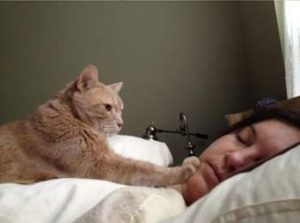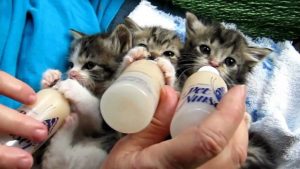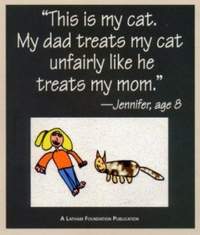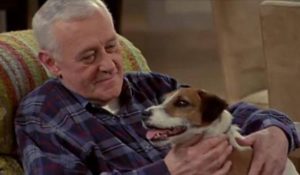
How often do you get to say, “I saved a life today?” When you volunteer with the your local animal shelter that assertion can be a daily affirmation. That is especially true when you volunteer as a foster caregiver. Every animal fostered back to health or to an adoptable status is a life saved. The ability of a local animal shelter to care for all the animals rescued depends on reliable foster volunteers willing and able to help. The more foster volunteers, the more lives saved.
Foster volunteers are typically caring people who do everything from bottle-feeding orphaned neonate babies around the clock to socializing little ones to ensure they are able to interact with both humans and animals to caring for an older animal recovery from an injury or surgery. Foster volunteers provide care, safety and love. Continue reading “Did you save a life today? by Ed Boks”









